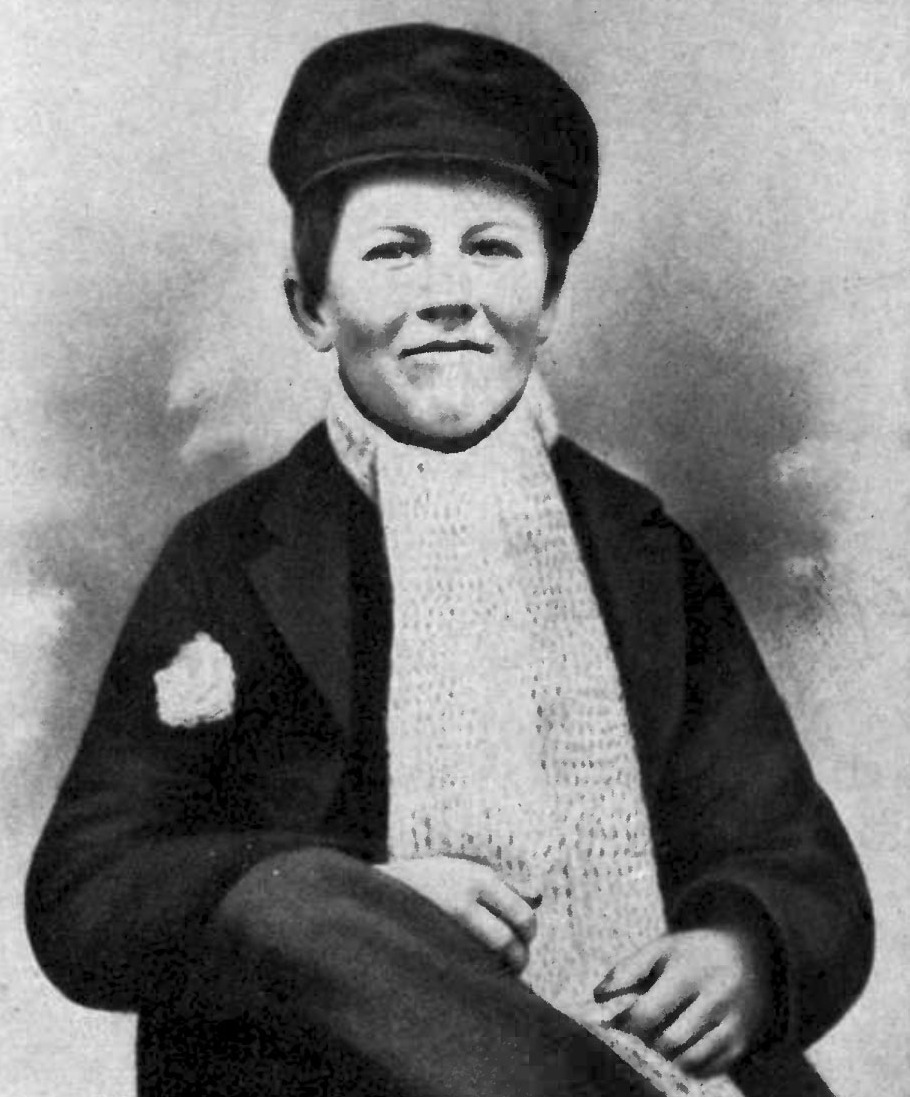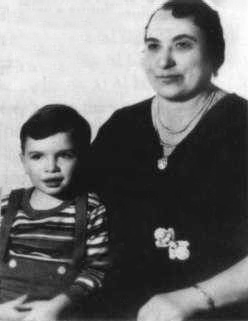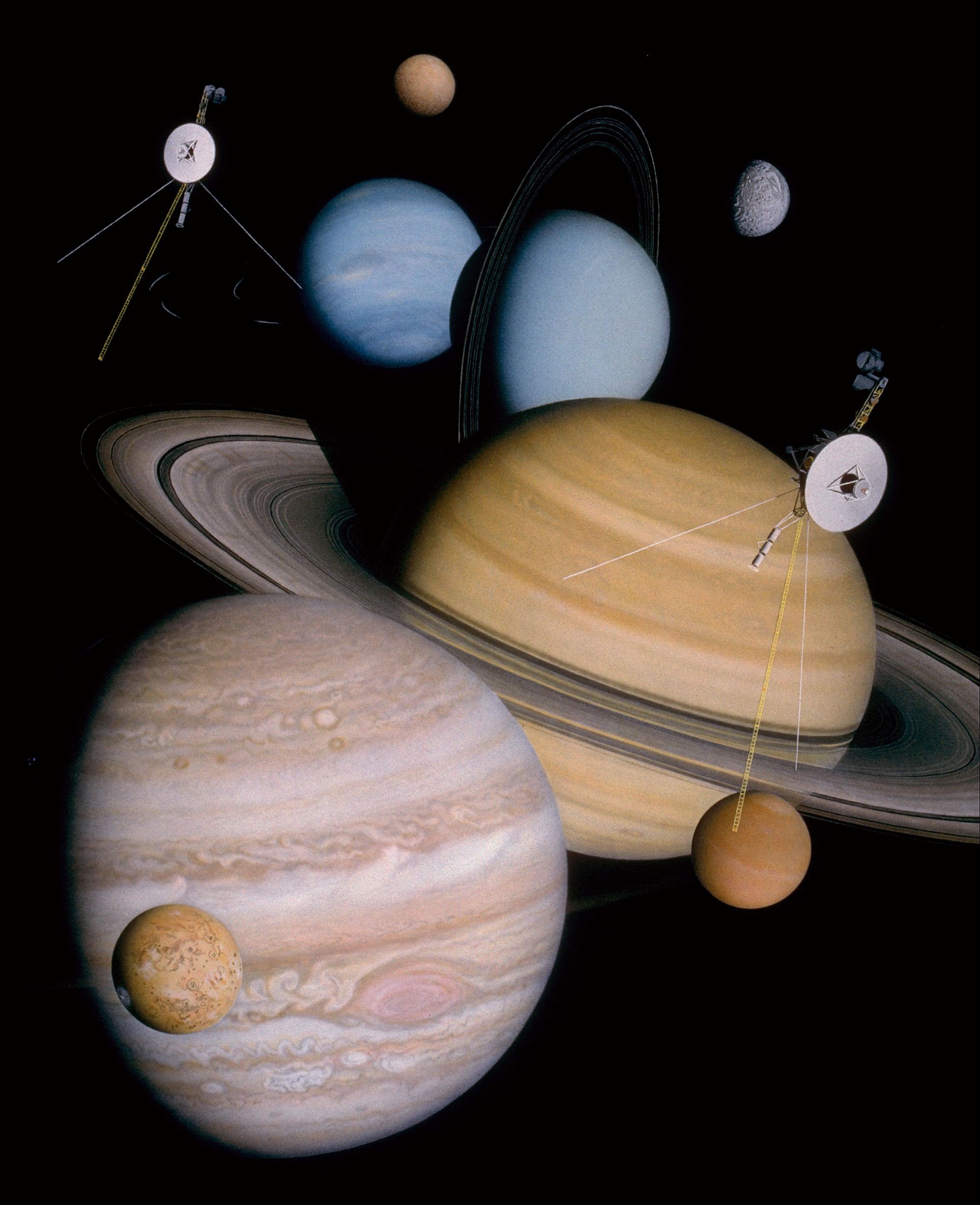|
Man, Moment, Machine
''Man, Moment, Machine'' is a television series which aired on the History Channel and was hosted by Hunter Ellis. It documented important events of history and detailed about a machine, the point of time it was made, how it was made, and the outcome. Production The show explores historical instances where human-machine cooperation led to transformative events or achieved technological milestones. The show's first season had 14 episodes. The show was produced by Edelman Productions and staffed by five crew members and six cast members. For the show's second season, the episode about the Apollo 13 mission was filmed at the Cosmosphere. The production team visited Mare Island to film three episodes. Episodes Season 1 #Hunting Bonnie and Clyde #The Great Sub Rescue # Doolittle's Daring Raid # Stormin' Norman and the Abrams Tank # Shot Down: The U-2 Spyplane #Mine Rescue Mask #Wernher von Braun and the V2 Rocket #Thomas Edison and the Electric Chair #Howard Hughes and the ... [...More Info...] [...Related Items...] OR: [Wikipedia] [Google] [Baidu] |
Hunter Ellis
Hunter Ellis (born July 5, 1968 in Alexandria, Virginia) is an American military veteran and television personality. A former naval aviator, he was first noted for his participation on ''Survivor'' before going on to host several television shows for the History Channel, including '' Tactical to Practical''; ''Man, Moment, Machine''; and '' Digging for the Truth'', before hosting The CW reality show ''In Harm's Way''. He is the current spokesperson for Atomic Beam flashlight. Background Part of a family with a strong tradition in the United States Navy, Ellis is the grandson of Naval Aviator and Vice Admiral Donald D. Engen. He graduated from the University of Southern California with a bachelor's degree in political science, before entering the Navy as a commissioned officer and being designated as a Naval Aviator following completion of flight training. Ellis graduated first in his flight training class and, during his ten-year military service, he amassed 433 carrier landing ... [...More Info...] [...Related Items...] OR: [Wikipedia] [Google] [Baidu] |
Thomas Edison
Thomas Alva Edison (February11, 1847October18, 1931) was an American inventor and businessman. He developed many devices in fields such as electric power generation, mass communication, sound recording, and motion pictures. These inventions, which include the phonograph, the motion picture camera, and early versions of the electric Incandescent light bulb, light bulb, have had a widespread impact on the modern industrial society, industrialized world. He was one of the first inventors to apply the principles of organized science and teamwork to the process of invention, working with many researchers and employees. He established the first industrial research laboratory. Edison was raised in the American Midwest. Early in his career he worked as a telegraph operator, which inspired some of his earliest inventions. In 1876, he established his first laboratory facility in Menlo Park, New Jersey, where many of his early inventions were developed. He later established a botanical ... [...More Info...] [...Related Items...] OR: [Wikipedia] [Google] [Baidu] |
Al Capone
Alphonse Gabriel Capone ( ; ; January 17, 1899 – January 25, 1947), sometimes known by the nickname "Scarface", was an American organized crime, gangster and businessman who attained notoriety during the Prohibition era as the co-founder and boss of the Chicago Outfit from 1925 to 1931. His seven-year reign as a crime boss ended when he was imprisoned at the age of 33. Capone was born in New York City in 1899 to Italian Americans, Italian immigrants. He joined the Five Points Gang as a teenager and became a bouncer in organized crime premises such as brothels. In his early twenties, Capone moved to Chicago and became a bodyguard of Johnny Torrio, head of a criminal syndicate that rum-running, illegally supplied alcohol—the forerunner of the Outfit—and was politically protected through the Unione Siciliana. A conflict with the North Side Gang was instrumental in Capone's rise and fall. Torrio went into retirement after North Side gunmen almost killed him, handing c ... [...More Info...] [...Related Items...] OR: [Wikipedia] [Google] [Baidu] |
Alexander The Great
Alexander III of Macedon (; 20/21 July 356 BC – 10/11 June 323 BC), most commonly known as Alexander the Great, was a king of the Ancient Greece, ancient Greek kingdom of Macedonia (ancient kingdom), Macedon. He succeeded his father Philip II of Macedon, Philip II to the throne in 336 BC at the age of 20 and spent most of his ruling years conducting Wars of Alexander the Great, a lengthy military campaign throughout West Asia, Western Asia, Central Asia, parts of South Asia, and ancient Egypt, Egypt. By the age of 30, he had created one of the List of largest empires, largest empires in history, stretching from History of Greece, Greece to northwestern History of India, India. He was undefeated in battle and is widely considered to be one of history's greatest and most successful military commanders. Until the age of 16, Alexander was tutored by Aristotle. In 335 BC, shortly after his assumption of kingship over Macedon, he Alexander's Balkan campaign, campaigned in the Bal ... [...More Info...] [...Related Items...] OR: [Wikipedia] [Google] [Baidu] |
George S
George may refer to: Names * George (given name) * George (surname) People * George (singer), American-Canadian singer George Nozuka, known by the mononym George * George Papagheorghe, also known as Jorge / GEØRGE * George, stage name of Giorgio Moroder * George, son of Andrew I of Hungary Places South Africa * George, South Africa, a city ** George Airport United States * George, Iowa, a city * George, Missouri, a ghost town * George, Washington, a city * George County, Mississippi * George Air Force Base, a former U.S. Air Force base located in California Computing * George (algebraic compiler) also known as 'Laning and Zierler system', an algebraic compiler by Laning and Zierler in 1952 * GEORGE (computer), early computer built by Argonne National Laboratory in 1957 * GEORGE (operating system), a range of operating systems (George 1–4) for the ICT 1900 range of computers in the 1960s * GEORGE (programming language), an autocode system invented by Charles Le ... [...More Info...] [...Related Items...] OR: [Wikipedia] [Google] [Baidu] |
Far Side Of The Moon
The far side of the Moon is the hemisphere of the Moon that is facing away from Earth, the opposite hemisphere is the near side. It always has the same surface oriented away from Earth because of synchronous rotation in the Moon's orbit. Compared to the near side, the far side's terrain is rugged, with a multitude of impact craters and relatively few flat and dark lunar maria ("seas"), giving it an appearance closer to other barren places in the Solar System such as Mercury and Callisto. It has one of the largest craters in the Solar System, the South Pole–Aitken basin. The hemisphere has sometimes been called the "Dark side of the Moon", where "dark" means "unknown" instead of "lacking sunlight" each location on the Moon experiences two weeks of sunlight while the opposite location experiences night. About 18 percent of the far side is occasionally visible from Earth due to oscillation and to libration. The remaining 82 percent remained unobserved until 1959, when ... [...More Info...] [...Related Items...] OR: [Wikipedia] [Google] [Baidu] |
Igor Sikorsky
Igor Ivanovich Sikorsky, (25 May 1889 – 26 October 1972) was a Russian-American aviation pioneer in both helicopters and fixed-wing aircraft. His first success came with the Sikorsky S-2, the second aircraft of his design and construction. His fifth airplane, the Sikorsky S-5, S-5, won him national recognition and Fédération Aéronautique Internationale, F.A.I. pilot's license number 64. His Sikorsky S-6, S-6-A received the highest award at the 1912 Moscow Aviation Exhibition, and in the fall of that year the aircraft won first prize for its young designer, builder and pilot in the military competition at Saint Petersburg. In 1913, the Sikorsky-designed Sikorsky Russky Vityaz, ''Russky Vityaz'' (S-21) became the first successful four-engine aircraft to take flight. He also designed and built the Sikorsky Ilya Muromets, ''Ilya Muromets'' (S-22 – S-27) family of four-engine aircraft, an airliner which he redesigned to be the world's first four-engine bomber when World ... [...More Info...] [...Related Items...] OR: [Wikipedia] [Google] [Baidu] |
Voyager Program
The Voyager program is an American scientific program that employs two interstellar probes, ''Voyager 1'' and ''Voyager 2''. They were launched in 1977 to take advantage of a favorable planetary alignment to explore the two gas giants Jupiter and Saturn and potentially also the ice giants, Uranus and Neptune—to Flyby (spaceflight), fly near them while collecting data for transmission back to Earth. After ''Voyager 1'' successfully completed its flyby of Saturn and its moon Titan (moon), Titan, it was decided to send ''Voyager 2'' on flybys of Uranus and Neptune. After the planetary flybys were complete, decisions were made to keep the probes in operation to explore Outer space, interstellar space and the outer regions of the Solar System. On 25 August 2012, data from ''Voyager 1'' indicated that it had entered interstellar space. On 5 November 2019, data from ''Voyager 2'' indicated that it also had entered interstellar space. On 4 November 2019, scientists reported that on ... [...More Info...] [...Related Items...] OR: [Wikipedia] [Google] [Baidu] |
Bouncing Bomb
A bouncing bomb is a bomb designed to bounce to a target across water in a calculated manner to avoid obstacles such as torpedo nets, and to allow both the bomb's speed on arrival at the target and the timing of its detonation to be predetermined, in a similar fashion to a regular naval depth charge. The inventor of the first such bomb was the British engineer Barnes Wallis, whose "Upkeep" bouncing bomb was used in the Royal Air Force, RAF's Operation Chastise of May 1943 to bounce into German dams and explode underwater, with an effect similar to the underground detonation of the later Grand Slam bomb, Grand Slam and Tallboy bomb, Tallboy earthquake bombs, both of which he also invented. British bouncing bombs After the outbreak of the Second World War in 1939, Wallis saw strategic bombing as the means to destroy the enemy's ability to wage war and he wrote a paper entitled "A Note on a Method of Attacking the Axis powers, Axis Powers". Referring to the enemy's power suppli ... [...More Info...] [...Related Items...] OR: [Wikipedia] [Google] [Baidu] |
Landing Craft
Landing craft are small and medium seagoing watercraft, such as boats and barges, used to convey a landing force (infantry and vehicles) from the sea to the shore during an amphibious assault. The term excludes landing ships, which are larger. Production of landing craft peaked during World War II, with a significant number of different designs produced in large quantities by the United Kingdom and United States. Because of the need to run up onto a suitable beach, World War II landing craft were flat-bottomed, and many designs had a flat front, often with a lowerable ramp, rather than a normal bow. This made them difficult to control and very uncomfortable in rough seas. The control point (too rudimentary to call a bridge on LCA and similar craft) was normally at the extreme rear of the vessel, as were the engines. In all cases, they were known by an abbreviation derived from the official name rather than by the full title. History In the days of sail, the ship's boats wer ... [...More Info...] [...Related Items...] OR: [Wikipedia] [Google] [Baidu] |
Atomic Bomb
A nuclear weapon is an explosive device that derives its destructive force from nuclear reactions, either fission (fission or atomic bomb) or a combination of fission and fusion reactions (thermonuclear weapon), producing a nuclear explosion. Both bomb types release large quantities of energy from relatively small amounts of matter. Nuclear bombs have had yields between 10 tons (the W54) and 50 megatons for the Tsar Bomba (see TNT equivalent). Yields in the low kilotons can devastate cities. A thermonuclear weapon weighing as little as can release energy equal to more than 1.2 megatons of TNT (5.0 PJ). Apart from the blast, effects of nuclear weapons include firestorms, extreme heat and ionizing radiation, radioactive nuclear fallout, an electromagnetic pulse, and a radar blackout. The first nuclear weapons were developed by the Allied Manhattan Project during World War II. Their production continues to require a large scientific and industrial complex, primari ... [...More Info...] [...Related Items...] OR: [Wikipedia] [Google] [Baidu] |
Robert Oppenheimer
J. Robert Oppenheimer (born Julius Robert Oppenheimer ; April 22, 1904 – February 18, 1967) was an American theoretical physicist who served as the director of the Manhattan Project's Los Alamos Laboratory during World War II. He is often called the "father of the atomic bomb" for his role in overseeing the development of the first nuclear weapons. Born in New York City, Oppenheimer obtained a degree in chemistry from Harvard University in 1925 and a doctorate in physics from the University of Göttingen in Germany in 1927, studying under Max Born. After research at other institutions, he joined the physics faculty at the University of California, Berkeley, where he was made a full professor in 1936. Oppenheimer made significant contributions to physics in the fields of quantum mechanics and nuclear physics, including the Born–Oppenheimer approximation for molecular wave functions; work on the theory of positrons, quantum electrodynamics, and quantum field theory; and th ... [...More Info...] [...Related Items...] OR: [Wikipedia] [Google] [Baidu] |









